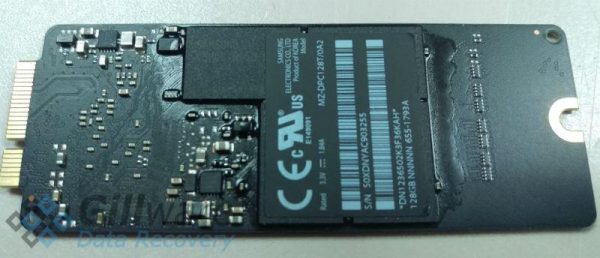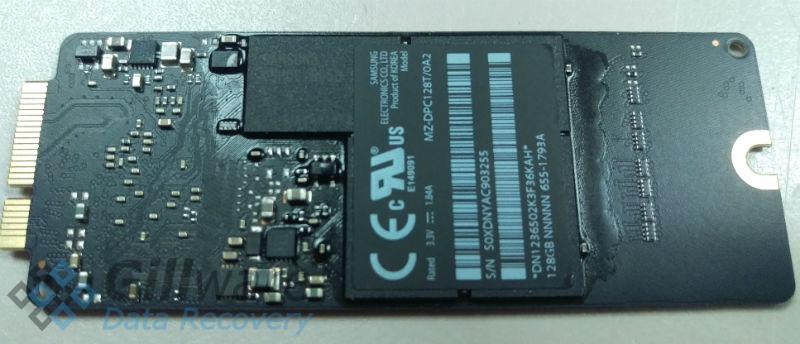

- #IMAC HARD DRIVE FAILURE DATA RECOVERY HOW TO#
- #IMAC HARD DRIVE FAILURE DATA RECOVERY FOR MAC#
- #IMAC HARD DRIVE FAILURE DATA RECOVERY FULL#
- #IMAC HARD DRIVE FAILURE DATA RECOVERY SOFTWARE#
#IMAC HARD DRIVE FAILURE DATA RECOVERY HOW TO#
Here’s how to fix a corrupted hard drive on your Mac: Method 1: Try Another Cable or Port (If It’s an External Hard Drive)


We’ve listed 4 different methods – from the easiest to the most complex – along with easy-to-follow, step-by-step guides for each one. Once you’ve completed data recovery or backed up your data (to a storage device other than the corrupt drive), you can safely continue to repair your hard drive on your Mac. In this case, send your drive to a professional data recovery center.
#IMAC HARD DRIVE FAILURE DATA RECOVERY SOFTWARE#
If you cannot preview your files, DIY software will most likely not work and your drive might have suffered physical damage.
#IMAC HARD DRIVE FAILURE DATA RECOVERY FOR MAC#
Make sure to choose a location other than the corrupt drive.ĭisk Drill free for Mac does not offer free data recovery, but it does offer free unlimited file previews – this is important for keeping your drive safe. Use the dropdown menu to select the destination folder for your recovered files (in other words, where you want to save them). Once you’re satisfied with your selection, click the “Recover” button at the bottom-right corner of the Disk Drill window. Tick the checkboxes beside the files you want to recover or leave all the checkboxes blank if you want to recover all the data Disk Drill found. You can do this by hovering your mouse pointer beside the filenames, and clicking the “eye” button that appears. Unlike some other freemium apps, Disk Drill offers unlimited file previews. You can use the sidebar on the left to filter through file types or use the search bar on the top-left corner of the window for a more precise search.
#IMAC HARD DRIVE FAILURE DATA RECOVERY FULL#
At this point, you can browse through file type by clicking any of the category boxes, or review the full list by clicking “Review found items.” Wait for Disk Drill to complete its scan. To proceed with recovery, click “Search for lost data” at the right side of the window – it will automatically apply all recovery methods. monitoring on the left sidebar and click the “Turn on” button. Navigate to the Applications folder and look for the Disk Drill app. Open Finder by clicking its icon on your dock.
/article-new/2011/05/imac_2011_hard_drive.jpg)
If it’s your internal drive that got corrupted, plug in an external storage device where you can later save the recovered data. For this article, we’ll be using Disk Drill. Fortunately, modern data recovery tools make it pretty straightforward to recover deleted or lost files from your drive without professional help. How to Recover Data From a Corrupted Hard Driveīefore attempting hard drive repair, you should always make sure that you recover and back up your data first. As for the hard drive itself, we recommend you replace it with a new one because repairing it is seldom worth the cost and hassle. In order to retrieve valuable data, consider seeking assistance from professional data recovery services. However, if the hard drive is physically corrupted and not visible on your Mac, you won’t be able to perform any operations yourself. Once the recovery is complete, you can format the drive to remove any lingering traces of corruption. To do this, use data recovery software to recover files from the corrupted disk. In such cases, you may be able to repair the hard drive yourself and restore its working condition using DIY methods. If your hard drive is recognized by the operating system, it means that the corruption is of a logical nature. We’ll talk about this is in the How to Recover Data From a Corrupted Hard Drive section belowĬan a Corrupted Hard Drive Be Fixed on Mac? It doesn’t give warnings by itself, but you can use certain tools to check the reports. stands for “Self-Monitoring Analysis Reporting Technology” – it’s a tool built into most modern hard drives that is meant to log any potential failures. When part of drive becomes damaged and unusable (and is marked by your operating system as such) Slowdowns, freezing, unusually slow copy-pastingīeeping, loud humming, clicking noises coming from your drive


 0 kommentar(er)
0 kommentar(er)
